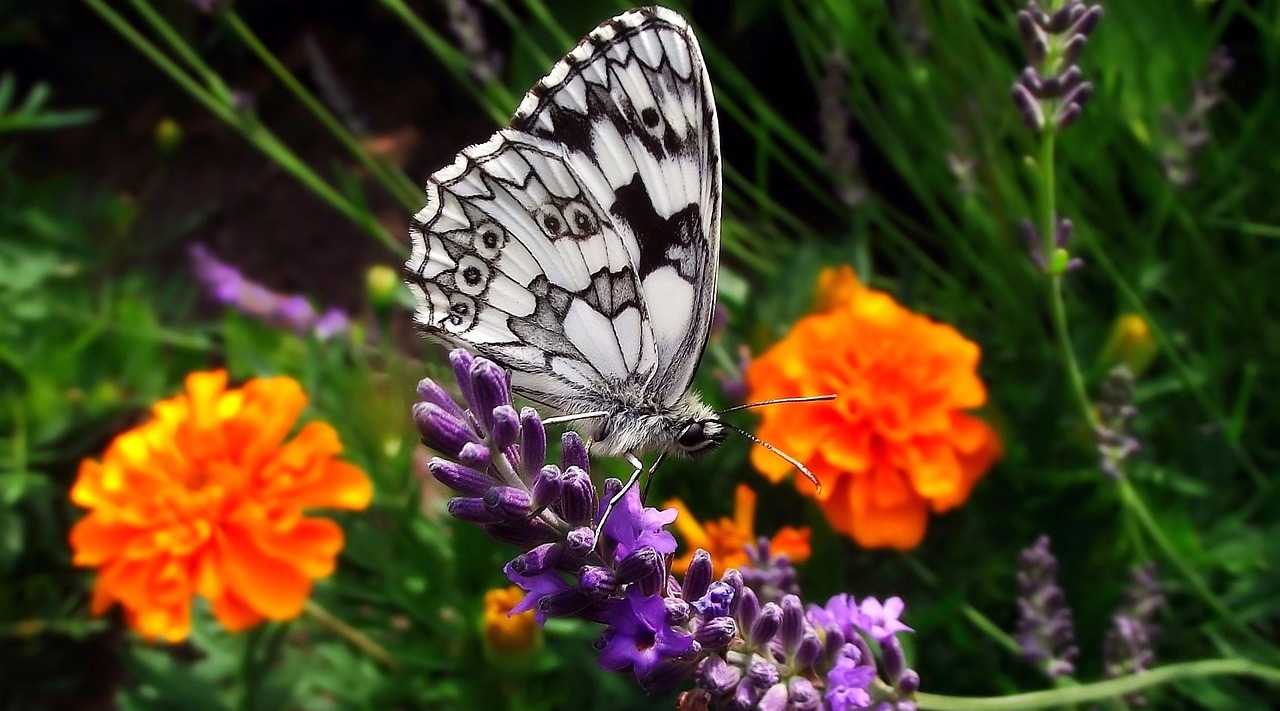Cllr Andrew Doherty
Liberal Democrat Councillor for Fairford North Ward on Cotswold District Council Learn more
Wildlife and Environment
 If you’ve followed some of my online posts you’d probably know that I’m passionate about wildlife and the environment; particularly hedgehogs and the very under appreciated insect kingdom. I liaise with local wildlife organisations like the Wildlife Trusts and Oak and Furrows Wildlife Rescue Centre to to raise awareness of local problems, projects and schemes. FTC also does much work in this area through links to local farmers.
If you’ve followed some of my online posts you’d probably know that I’m passionate about wildlife and the environment; particularly hedgehogs and the very under appreciated insect kingdom. I liaise with local wildlife organisations like the Wildlife Trusts and Oak and Furrows Wildlife Rescue Centre to to raise awareness of local problems, projects and schemes. FTC also does much work in this area through links to local farmers.
Oak and Furrows Wildlife Rescue Centre is located just outside of Cricklade and care for over 4,000 wildlife casualties every year. On their website you can find advice on what to do if you find an injured or orphaned animal, volunteering at the centre, a wish list of needed supplies, making a donation and fundraising events.
Vale Wildlife Hospital & Rehabilitation Centre is another resource serving the welfare of wildlife in Gloucestershire. As more land is being used for development, it also means an increase of loss of natural habitat for many creatures. If you come across wildlife that has been abandoned or is possibly injured, please ring Oak and Furrows first as it is the closest resource for such incidences. The Vale Wildlife Hospital & Rehabilitation Centre also offers wildlife talks and courses. They are in need of volunteers, donations and assistance with their charity shops and fundraising events.
 Butterfly Conservation, a national conservation organisation dedicated to saving butterflies, moths and our environment, has reported an astounding 75 per cent decrease in butterfly species and a 66 per cent decrease in moth species. The status of butterflies is a significant indicator of the health of the environment. There is much work to be done and fortunately, there are several ways that individuals can help. One simple way to contribute to the welfare of butterflies and moths is through gardening. Follow these simple steps to help promote a healthy environment for the species:
Butterfly Conservation, a national conservation organisation dedicated to saving butterflies, moths and our environment, has reported an astounding 75 per cent decrease in butterfly species and a 66 per cent decrease in moth species. The status of butterflies is a significant indicator of the health of the environment. There is much work to be done and fortunately, there are several ways that individuals can help. One simple way to contribute to the welfare of butterflies and moths is through gardening. Follow these simple steps to help promote a healthy environment for the species:
- Plant a variety of nectar flowers including Lavender, Red Valerian, French Marigold, Michaelmas Daisy, Verbana and Buddleia (The butterfly bush).
- Incorporate flowers that bloom during different seasons in your garden.
- Do not use insecticides or pesticides as they can kill butterflies and moths.
- Avoid using peat compost as peat bogs are a natural habitat for many animals and plants.
Local Butterfly Conservation Gloucestershire Branch
Decrease in Insect Biomass Study
The Wildlife Trusts works for the protection of natural spaces through the UK and the wildlife these places support. One of the largest contributors for orphaned wildlife is due to loss of habitat. By preserving habitats, we can create more space for nature and ‘Living Landscapes’. Their website offers information on ways to support the charity or get involved, wildlife gardening, educational events, campaigns and simple ways to help wildlife locally.
Farming & Wildlife Advisory Group (The FWAG Association) organisation works with British farmers to give trusted environmental advice regarding the environmental value of their land as part of creating a successful farming business. These advisors work to create a sustainable future moving forward where the environment and agricultural can come together.
Cotswolds Conservation Board works to preserve the Cotswolds Area of Outstanding Natural Beauty. This independent statutory body works in partnership with several conservation groups to enhance and conserve the Cotswolds landscape for future enjoyment. On their website, you can find opportunities to volunteer, walking and cycling paths, news and events along with courses offered to learn traditional Cotswold skills and crafts.